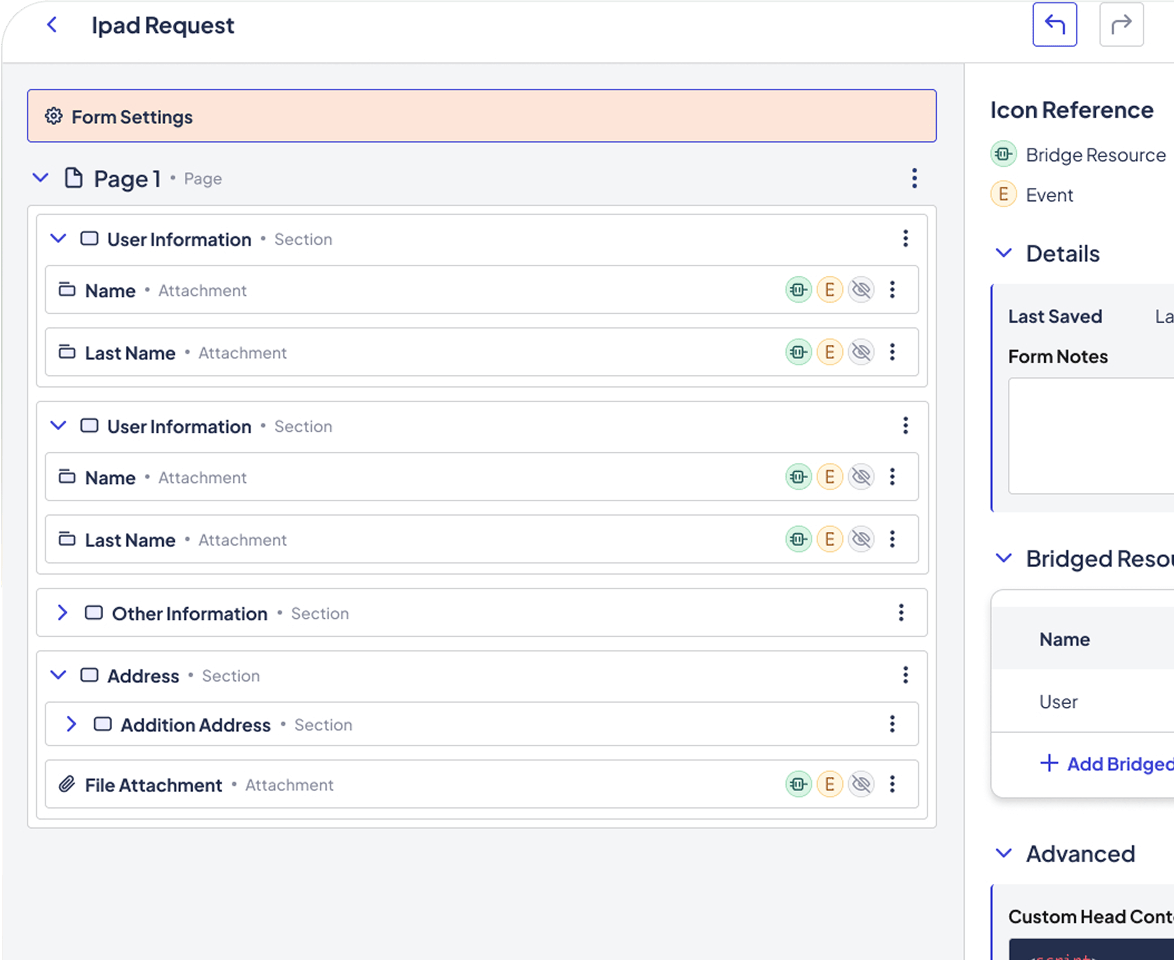Low-code promised to put power in everyone’s hands. Instead, most enterprises got half-built apps, clunky portals, and runaway license bills. Kinetic takes a different path: orchestration first, experiences that people actually adopt, and a pricing model that scales with value, not with seats.
Low-Code Platforms Reimagined
What is a Low-Code Platform or LCAP?
Low-code application platforms (LCAPs) let organizations build apps quickly with visual drag-and-drop tools. They target “citizen developers” and are meant to speed up app delivery while reducing reliance on hard-to-find coding talent.
They’ve been popular because IT backlogs never shrink, and business teams want agility. Vendors like Appian, Mendix, OutSystems, and Microsoft Power Apps dominate the category, often marketed as the cure for digital transformation delays.
But there’s a catch: low-code apps often stall after pilots, lack enterprise-wide adoption, and create new silos instead of solving the old ones
Typical strengths of LCAPs:
Kinetic vs Low-Code / LCAP
How does the Kinetic platform stack up against LCAPs?
The Experience
Low-Code / LCAPs:
Vendor-imposed portals; limited customization; inconsistent UX across apps.
With Kinetic:
Headless, “Own the Glass” architecture — you design portals with React/Angular/Vue, no vendor templates
Process Orchestration
Low-Code / LCAPs:
Good at app-level workflows, weak at cross-system orchestration.
With Kinetic:
Agility Layer orchestrates end-to-end processes across IT, HR, Finance, legacy + cloud
Integrations
Low-Code / LCAPs:
Connector libraries, but often limited to what vendor provides; tricky with legacy.
With Kinetic:
Open, API-first integration layer with on-prem agents and custom handlers — no rip-and-replace
Scalability
Low-Code / LCAPs:
Seat-based licensing; costs balloon as adoption grows.
With Kinetic:
Consumption-based pricing — unlimited users, cost scales with workflow runs
Competition
Who are the other platforms in the Low-Code/LCAP category?
How Kinetic compares: We don’t compete on how fast you can throw together another app. We compete on adoption, orchestration, and scale. Kinetic wraps around the stack you already have, unifies experiences, and ensures workflows actually run enterprise-wide.
Appian
Strong in workflow + case management, but heavy licensing and prescribed UI
Pega
Broad BPM + AI suite, but costly and complex to implement
OutSystems
Known for robust enterprise apps, but developer-centric and creates lock-in
Mendix
Business-friendly collaboration tools, but limited in enterprise orchestration
Microsoft Power Apps
Easy entry point for citizen developers, but brittle at scale and tied to the MS stack
Stop building apps people won’t use. Start orchestrating experiences people love.
